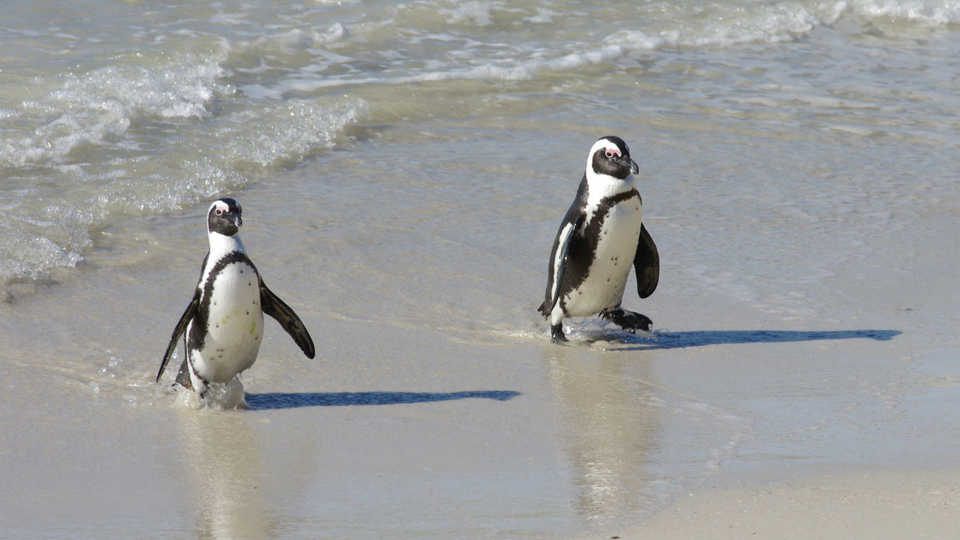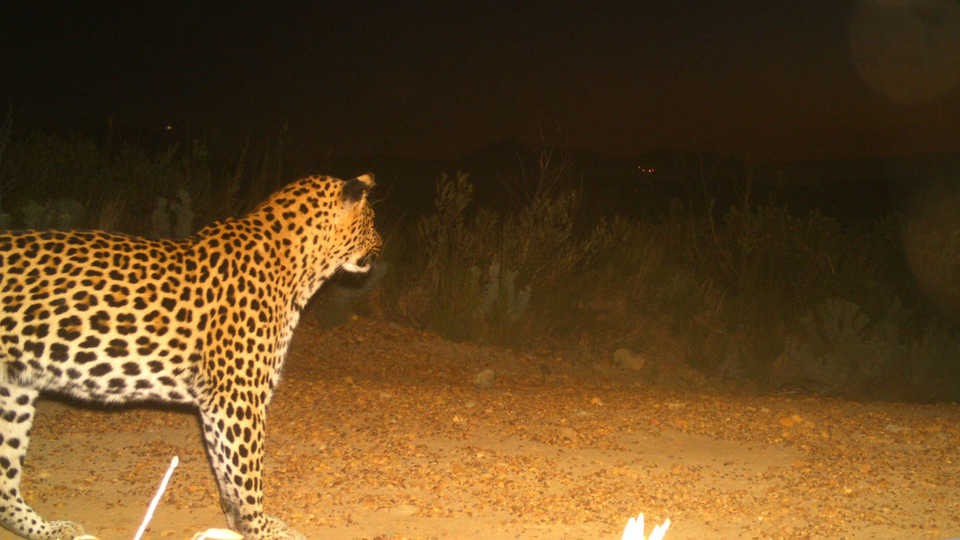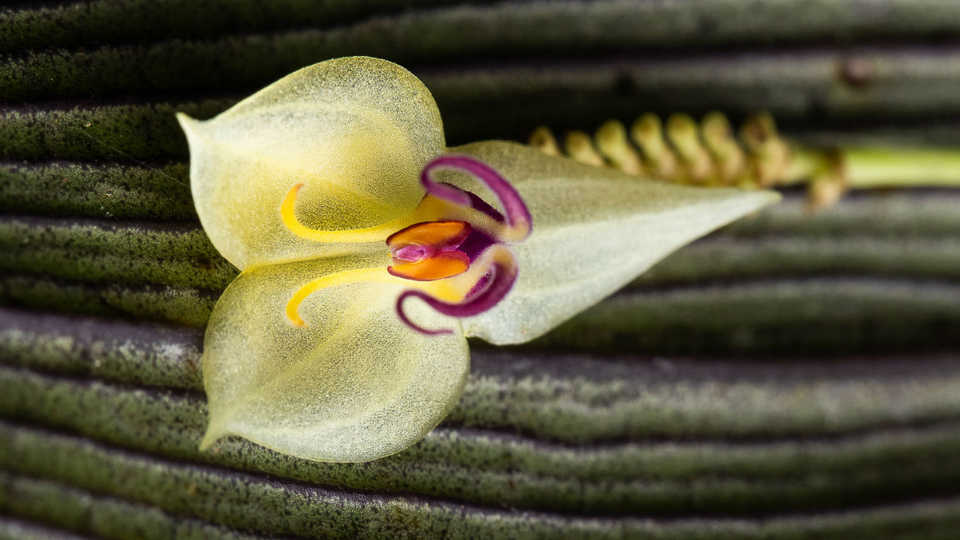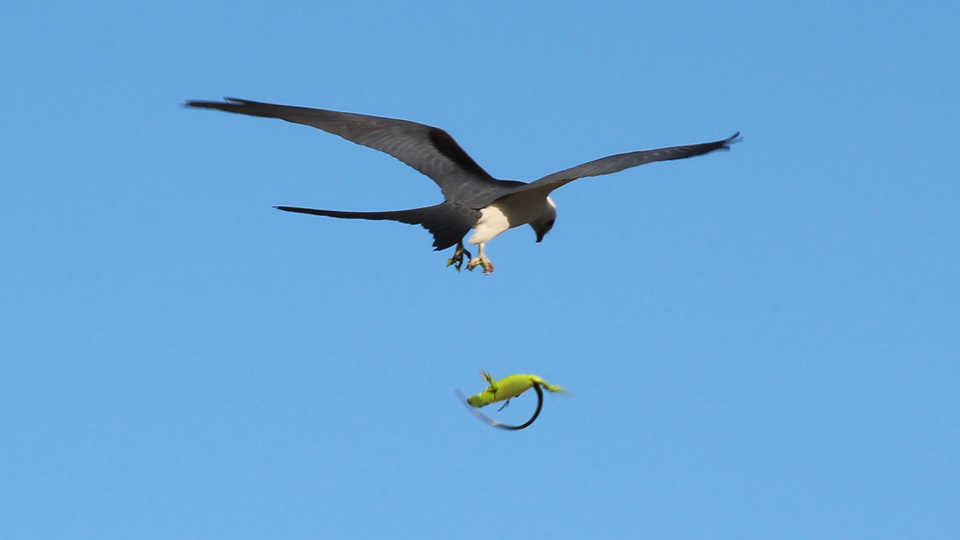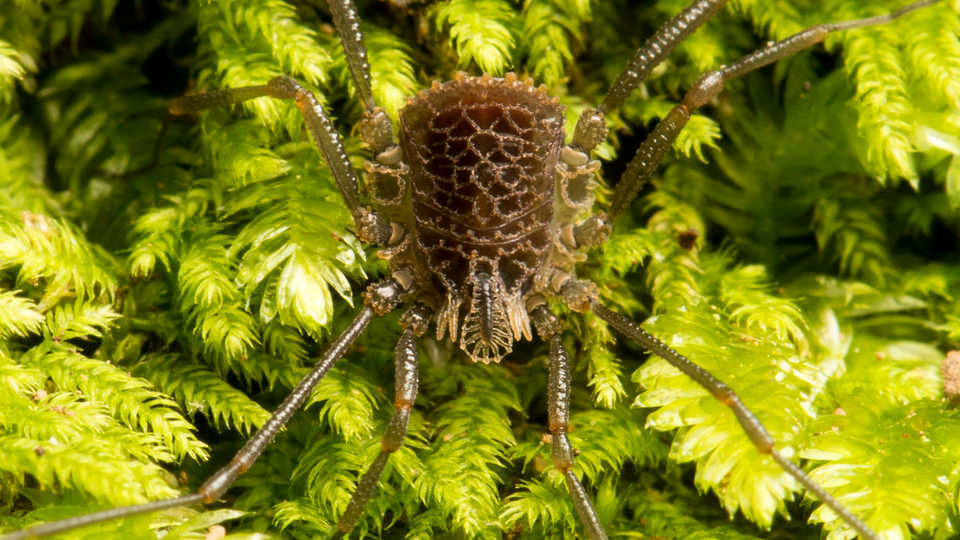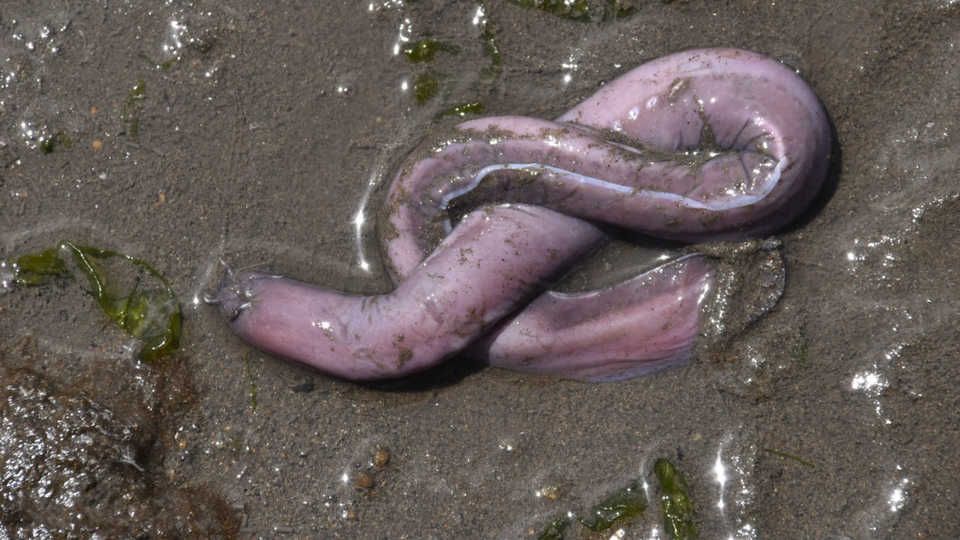Citizen scientists from around the globe document over 1100 rare, endangered, or threatened species in four-day competition
SAN FRANCISCO (May 6, 2019) — The City Nature Challenge results are in! Over 150 cities across five continents competed in this fourth-annual citizen science competition to log the most observations, the most species, and to engage the most people—together creating a valuable snapshot in time of urban biodiversity. The San Francisco Bay Area tallied the most participants and Cape Town, South Africa tallied the most observations and the most species. People of all ages and science backgrounds submitted pictures of wild plants and animals using the free mobile app iNaturalist and other recording platforms. From sightings of critically endangered species to documenting rarely seen deep-sea fish, the competition underscored the power of citizen science to track real-time changes in our planet’s biodiversity.
After co-founding and organizing the first-ever Challenge in 2016 as a competition between San Francisco and Los Angeles metro areas, the Natural History Museum of Los Angeles County (NHMLA) and the California Academy of Sciences have expanded the competition to over 150 cities across 29 countries. This year’s Challenge tallied over 950,000 observations (more than doubling last year’s count) including over 1100 rare, endangered, or threatened species; engaged over 35,000 observers (more than doubling last year’s count); and recorded close to 32,000 species (more than doubling last year’s count) worldwide. The Challenge would not be possible without the hundreds of partner organizations around the globe mobilizing their respective communities to explore the nature in their neighborhoods.
“Our hope is that participants in the Challenge discovered nature in their city that they didn’t know existed before,” says Alison Young, co-director of Citizen Science at the Academy, “and that this inspires them to continue making observations throughout the year.” iNaturalist, which is powered by the California Academy of Sciences and National Geographic, witnessed the largest influx of observations in its history during the four-day Challenge.
San Francisco Bay Area by the numbers
-
1,947 observers
-
38,028 observations submitted to iNaturalist
-
Contributors averaged 20 observations
-
3183 species documented
-
Most observed species: California poppy (Eschscholzia californica)
San Francisco Bay Area highlights
-
California freshwater shrimp. This endangered shrimp is only found in certain streams in Marin, Sonoma, and Napa Counties.
-
Pacific hagfish. This deep-sea dweller washed up in Bodega Bay and is an opportunivore—eating whatever it can. The hagfish can survive over 5,000 feet deep and absorbs nutrients through its skin as it devours the innards of dead fish.
-
Mount Hamilton jewelflower. Only found on Mount Hamilton in the South Bay, this beautiful flower brightened up hillsides during the City Nature Challenge.
-
Harvestman. This harvestman, or daddy longlegs, revealed a stunning geometric pattern from its perch in the South Bay.
-
Western black-headed snake. This California native spends much of its life underground. This is only the third observation of this snake in the Bay Area since it’s the northern end of this species’ range.
World by the numbers
-
35,000+ observers
-
912,927 observations submitted to iNaturalist and 963,773 total across all platforms
-
Contributors averaged 30 observations each
-
More than 31,000 species documented, including over 1100 rare, endangered, or threatened species
-
Most observed species: Common dandelion (Taraxacum officinale)
World highlights
Highlights from around the U.S. and the world include the endangered Indo-Pacific humpback dolphin in Hong Kong, an Andean condor (the largest flying bird in the world) circling the mountains of Bolivia, the first-ever iNaturalist observation of a beautiful orchid in Colombia, a swallow-tailed kite dropping an iguana midair in Miami, an African leopard in Cape Town, festive tiger beetles in Oklahoma, and African penguins walking the beach also in Cape Town. The first-time participation of cities around the world, especially in areas that were not as well-documented on iNaturalist prior to the Challenge, have added species that have never been recorded in the platform’s history.
The current landscape of urban biodiversity is poorly understood. As global human populations grow increasingly concentrated in cities, documenting urban biodiversity—and our impact on it—is a crucial part of understanding our shared future.
“Citizen science observations increase our understanding of how biodiversity is changing across various regions,” says Young. “This year’s City Nature Challenge allowed us to bring in record-breaking amounts of data to help researchers identify larger trends in shifting species ranges around the world. It’s also an amazing opportunity to let people connect to nature in their neighborhood.”
Large pools of data, including those built by iNaturalist and natural history museums, aid in scientific research and help land managers make informed conservation decisions for humans to sustainably coexist with regional plant and animal life.
Partner city observations and hi-res photos available upon request.
The California Academy of Sciences is a renowned scientific and educational institution dedicated to exploring, explaining and sustaining life on Earth. Based in San Francisco’s Golden Gate Park, it is home to a world-class aquarium, planetarium, and natural history museum, as well as innovative programs in scientific research and education—all under one living roof. Visit calacademy.org for more information.
Press Contacts
If you are a journalist and would like to receive Academy press releases please contact press@calacademy.org.
Digital Assets
Hi-res and low-res image downloads are available for editorial use. Contact us at press@calacademy.org to request access.
